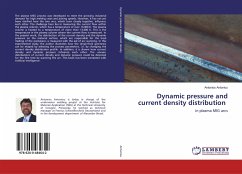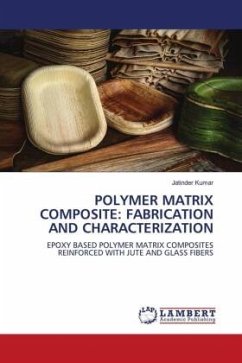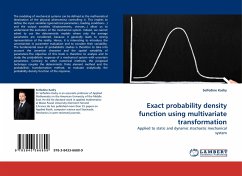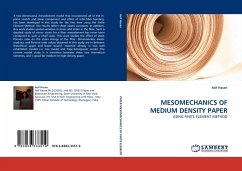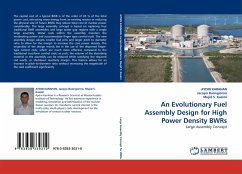The plasma MSG process was developed to meet the growing industrial demand for high melting rates and joining speeds. However, it has not yet been clarified how the two arcs, which burn closely together, influence each other. The challenge here lies in measuring the current flow within the plasma column, which has a temperature of over 13,000 K. The plasma column is heated to a temperature of more than 13,000 K. This is the temperature in the plasma column where the current flow is measured. In the present work, the distribution of the current density and the dynamic pressure on the material surface, which are responsible for the local melting of the workpiece, is measured with the aid of arc scanning. In this experimental study, the author illustrates how the single-fired geometry can be shaped by selecting the process parameters, i.e. by changing the current density distribution profile. In addition, it is shown how current density and dynamic pressure influence each other. Theuneven distributions of current density and dynamic pressure could be detected for the first time by scanning the arc. This book has been translated with Artificial Intelligence.
Bitte wählen Sie Ihr Anliegen aus.
Rechnungen
Retourenschein anfordern
Bestellstatus
Storno

